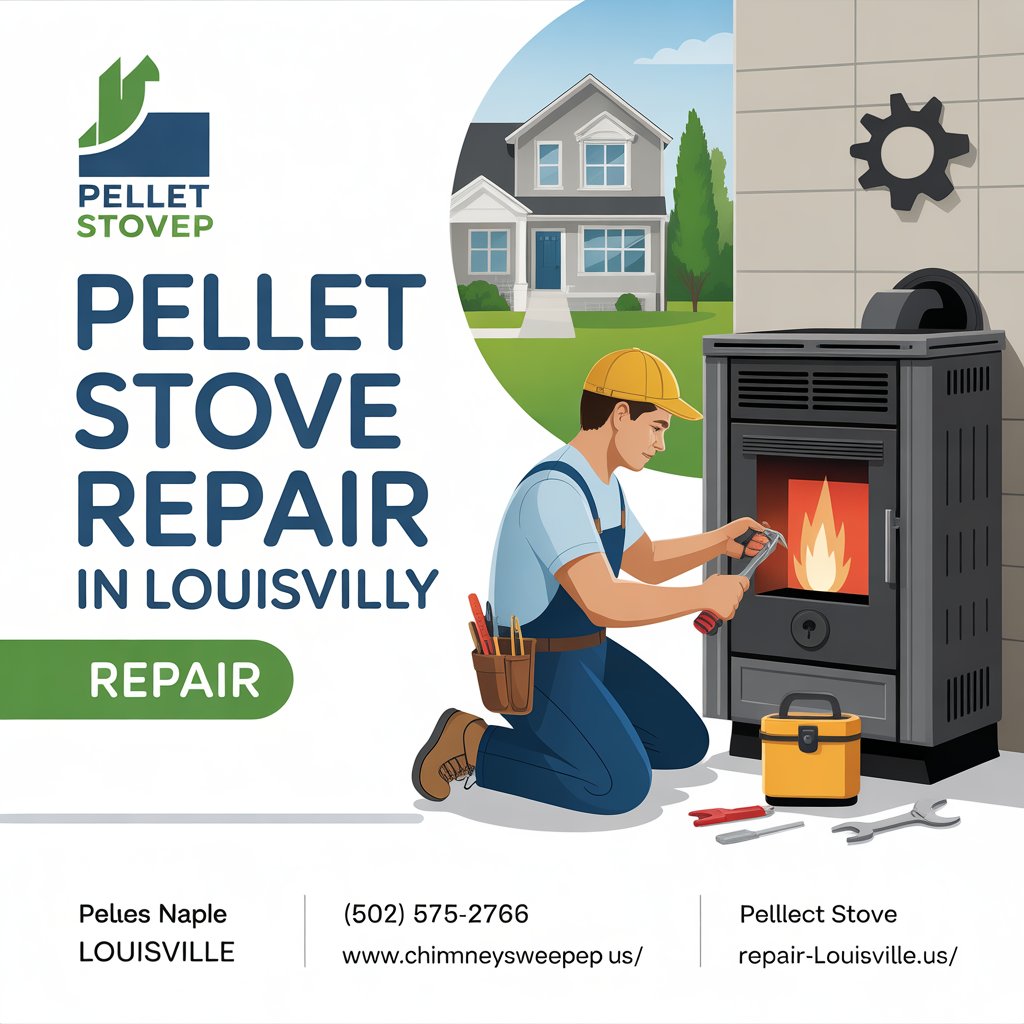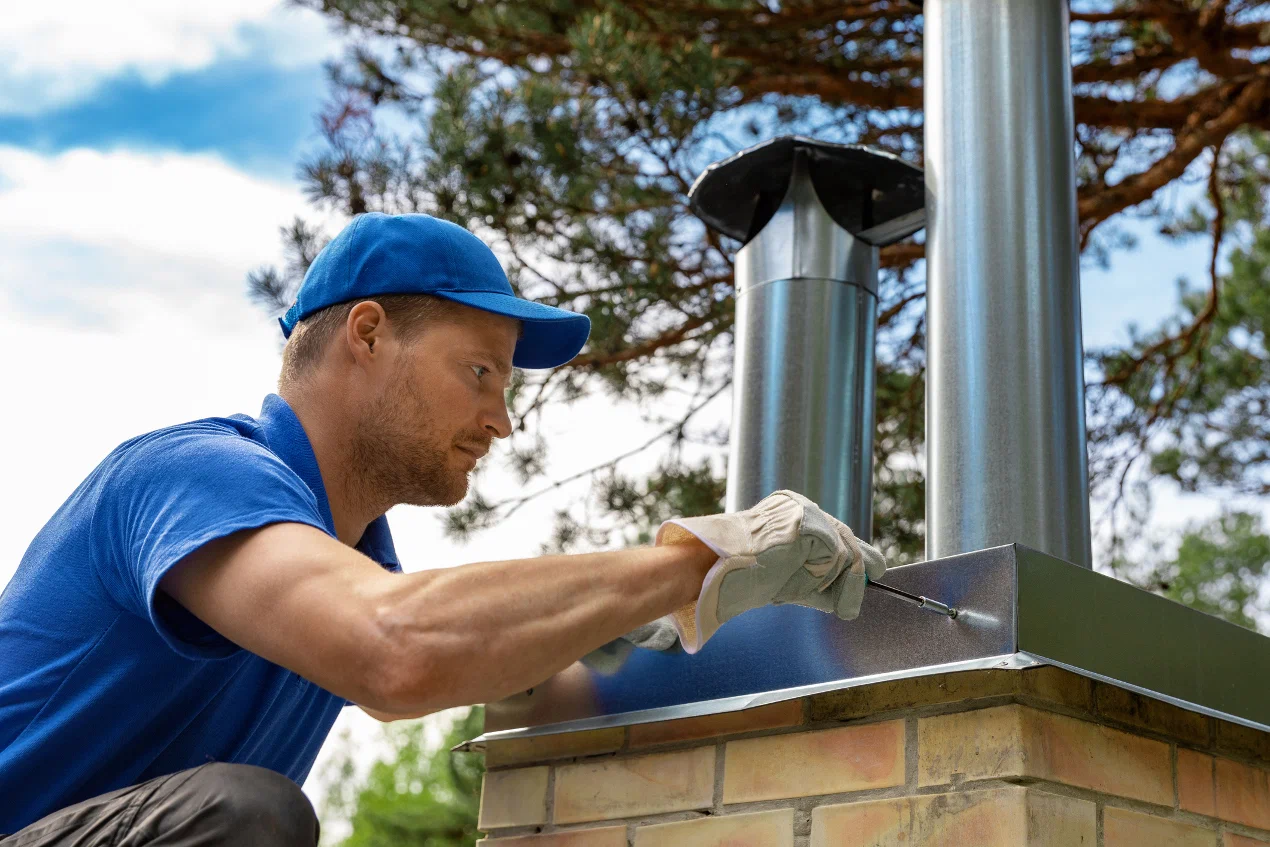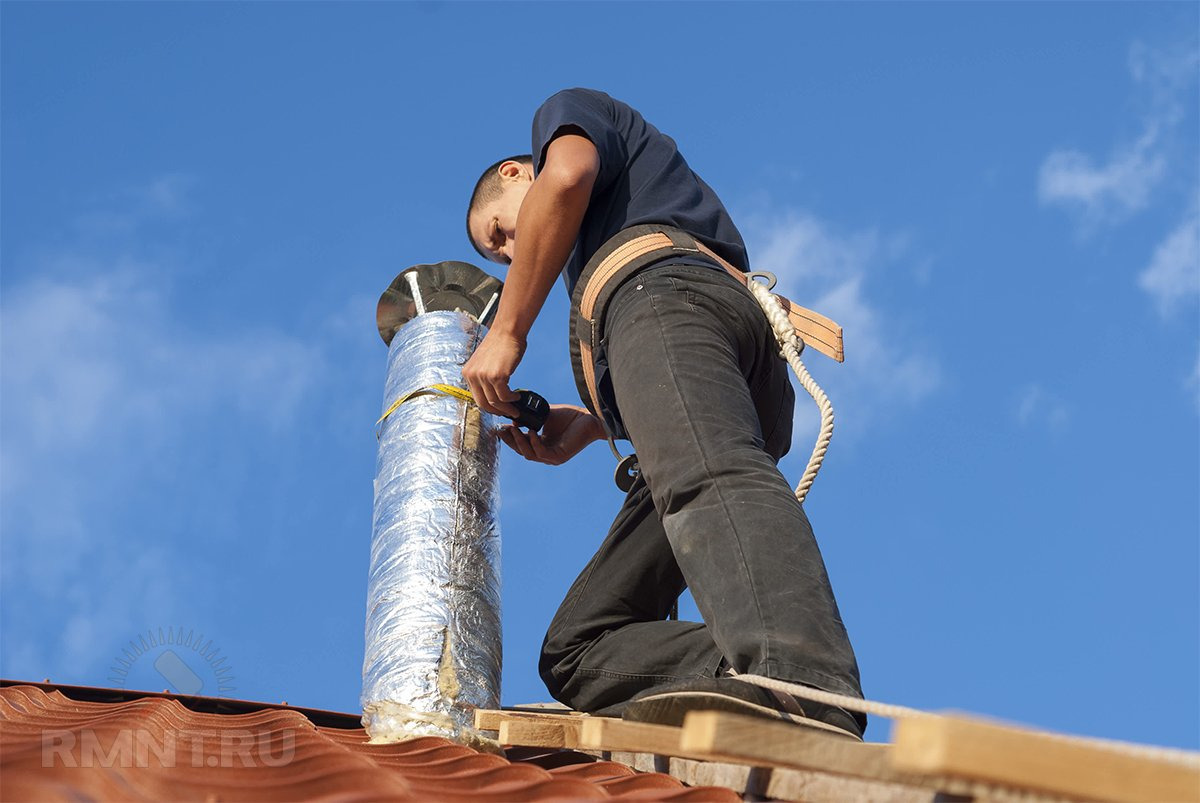Gas fireplaces have become a go-to choice for many Louisville homeowners. They’re clean, convenient, and offer instant coziness at the push of a button. But behind the flames and warm glow is a crucial component that keeps everything working safely—the chimney liner.
If you’ve ever wondered what a chimney liner actually does—or whether your gas fireplace even needs one—you’re not alone. Many people assume liners are just for wood-burning setups, but that’s far from the truth.
In this article, we’ll break it down in plain English so you can understand why a chimney liner in Louisville is just as important for gas fireplaces as it is for traditional wood-burning ones.
So, What Exactly Is a Chimney Liner?
Think of the chimney liner as your fireplace’s bodyguard. It’s a protective layer—usually made of stainless steel, clay tile, or a cast-in-place cement—that runs inside your chimney. Its main job? To safely guide the byproducts of combustion (like smoke, gases, and heat) up and out of your home.
Without a liner, your chimney walls would be exposed to intense heat and corrosive gases that can weaken the structure and even leak dangerous fumes like carbon monoxide into your living space.
Even gas fireplaces, which burn cleaner than wood, still release some moisture and acidic gases that can slowly eat away at the inside of your chimney. That’s where the liner steps in.
Why Gas Fireplaces Still Need Chimney Liners
Some homeowners think, “Gas is clean-burning—why would I need a liner?” Fair question. Here’s why liners still matter:
| Reason | Why It’s Important |
| Safety | Prevents toxic gas leaks (like CO) into your home |
| Efficiency | Improves airflow and helps the fireplace burn more effectively |
| Cost-saving | Reduces long-term damage = fewer costly repairs |
| Building codes | Many areas, including parts of Louisville, require liners by regulation |
| Chimney protection | Shields masonry from moisture and acidic gas erosion |
Even if your gas fireplace has a direct vent system, older homes in Louisville may still have traditional masonry chimneys that need a liner upgrade to stay safe and up to code.
The Safety Factor: Don’t Skip This
Let’s talk safety—because that’s really the heart of this topic.
Gas may burn cleaner than wood, but it’s not risk-free. The biggest hidden danger? Carbon monoxide. It’s colorless, odorless, and potentially lethal. A damaged or missing liner could allow this gas to seep into your home instead of venting outside.
Moisture buildup is another issue. When water vapor from the gas combustion lingers inside an unlined or damaged chimney, it can mix with flue gases to form corrosive acids. Over time, these can eat away at bricks and mortar, causing structural issues and, you guessed it—more expensive repairs.
In Louisville’s freeze-thaw climate, that moisture can also expand in cold temps and lead to cracked masonry. A good liner protects against all of this.
Chimney Liner Types: Which One Works Best for Gas?
Not all liners are created equal, and the best choice often depends on your existing chimney setup and fireplace model. Here’s a quick rundown:
| Liner Type | Best For | Durability | Cost |
| Stainless Steel | Most gas fireplace retrofits | 15–25+ years | $$ |
| Aluminum | Light-duty gas appliances (low efficiency) | 10–15 years | $ |
| Clay Tile | Original liners in older chimneys | Can crack easily | $ |
| Cast-in-Place | Older chimneys needing structural support | Long-lasting | $$$ |
Pro tip: If your gas fireplace wasn’t originally part of the home or you’re switching fuel types, a certified chimney sweep can help you pick the best liner option that fits both safety codes and your budget.
“You Don’t Need to See It to Maintain It”
“Just because your gas fireplace looks clean doesn’t mean everything behind the scenes is okay. Most of the real problems happen inside the chimney—where homeowners never look.”
— Louisville Chimney Technician, 15+ years of experience
It’s easy to think everything’s fine because the fire lights and there’s no smoke. But gas appliances are sneaky—problems can develop slowly and silently.
This is why annual inspections are key. A pro can scope your chimney liner with a camera and catch cracks, corrosion, or moisture damage before it turns into something serious. And if a replacement is needed, catching it early means you’ll likely pay less.
Cost vs. Consequence: It’s an Investment
It’s true—chimney liners can be a bit of an upfront cost, especially if you’re switching fuels or updating an older chimney. But compare that to the cost of a structural chimney rebuild, emergency gas leak response, or a house fire? The investment makes sense.
Average liner installation for gas fireplaces in Louisville runs between $800–$2,500, depending on the type of liner, chimney height, and labor. Repairs from moisture or gas leaks can easily exceed that—especially if mold or structural damage is involved.
So if we’re talking cost-effectiveness, the liner is 100% worth it for long-term safety and savings.
Final Thoughts: A Little Liner Goes a Long Way
If you’re using a gas fireplace in Louisville—whether it’s a modern insert or an older retrofit—it’s important not to overlook the chimney liner. It quietly does the heavy lifting: directing gases out, protecting your masonry, improving efficiency, and keeping your home safe.
A properly installed and maintained chimney liner in Louisville isn’t just about meeting building codes—it’s about peace of mind, knowing that your fireplace is running clean and safely behind the scenes.
So next time you’re enjoying a cozy fire, give a silent nod to the unsung hero in your chimney. And if you’re unsure about the condition of your liner, now’s a good time to call in a pro and have it checked out.
Read More: Chimney Sweep


